- Home
- Machining techniques
- CNC Machining Services
- Cooperative supply services
- Designs
- Materials
- Finishing Services
- Shop
- Products
- Guide
- About Us
- Contact Us
2021.6.19
There are a number of different rapid prototyping methods you can use for your product stage and functional requirements. In this article, we outline 6 top prototyping methods for your consideration here, CNC machining, polyurethane vacuum casting, and three plastic 3D printing methods: SLA, FDM and Powder Bed Fusion. Along with the benefits and drawbacks of each. That way, you can make the most informed decision about which rapid prototyping method is right for you.
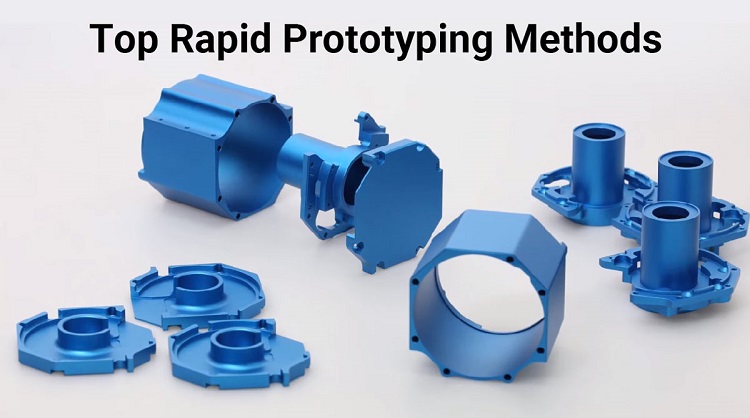
Many people don’t realize that CNC machining is an ideal prototyping method for the right project. It’s fast, highly accurate and very versatile because it works with almost any solid material, both plastic and metal. There are also no minimum quantities, so one part can be made just as easily as one thousand. You’ll want to consider CNC machining if you need strong mechanical parts that are fully functional and have precise tolerances – basically, full-production quality but in a limited number. CNC machining is not ideal for thin-walled boxes or deep cavities. For these shapes, you might want to consider thermoforming, 3D printing or vacuum casting instead.
Vacuum casting, also known as “cast urethane” in North America, uses a solid master pattern to make a silicone rubber mold. The pattern can be made from any material but it’s often a plastic 3D printed part. In this process, the master pattern is suspended in an empty casting box. The box is then filled with liquid silicone, and after the silicone is cured it’s cut open and the pattern removed, leaving behind a hollow cavity that can now be refilled with casting resin to make a copy of the original. If the master pattern has a gloss finish or a textured finish, this will be faithfully reproduced on the surface of each casting. So need for secondary finishing in many cases. You can also have clear parts or just about any color you desire. Vacuum Casting is great for making near-production quality plastic parts that look and perform like Plastic Injection Molding, but without the need to invest in expensive metal tools. Parts can also be overmolded, and resins come in a variety of Shore hardnesses so you can make soft and bendable pieces – something that you can’t do with CNC machining for example. The silicone molds last up to about 20 copies or so, making this a great way to create enclosures and other semi-hollow forms in small quantities, if needs be you can paint, sand and machine them.
This was the very first additive manufacturing process and it’s still improving all the time. It was launched commercially in 1987. To use an SLA, you first need to take your 3D CAD model and add supports to it. You then slice that data into thousands of very thin layers. Using a UV scanning laser, you then draw out each layer one on top of another, curing the resin into a solid plastic 3D prototype.SLA is fast and versatile and there are many resins to choose from that offer different cosmetic and mechanical properties. These are usually divided into different grades such as standard, engineering or medical and dental. You can even add glass fibers or aluminium powder for greater strength. The surface finish is excellent but remember that, after printing, parts still need to be washed and then cured a second time to achieve maximum strength and stability. SLA parts are also hygroscopic, which means they absorb humidity over time. That’s why we should store SLA parts in sealed bags with descendants or in the dehumidification cabinets to keep them dry.
SLM includes making metal parts with a high-powered laser used to weld and not only sinter, so producing a part that is fully dense. The build actually takes place inside a sealed room that’s filled with an inert gas, such as argon. Nowadays, this approach is becoming more popular not only for rapid prototyping, but also for low volume production. This is largely because SLM lends itself quite well to sophisticated technical designs that incorporate concealed pockets, conformal cooling ducts, and other internal characteristics. It lets you to cut weight while boosting strength, which is crucial for demanding applications in aerospace, automotive, and medical areas. However, high-quality lasers can make this process expensive, and smaller scanning velocities can lead to longer manufacturing periods.
This is the 3D printing system most people are familiar with. It uses filaments of common plastic like PLA or ABS or engineering resins such as PEEK and Ultem. If you’re interested, you can learn more about those by checking out the helpful link over here. The filament is extruded through a heated nozzle where it’s melted and this melt is then deposited layer upon layer to form the part. Kind of like Silly String. FDM is one of the least expensive additive manufacturing methods and is most popular with home enthusiasts and small bureau.For prototype developers it’s usually easy to find a local maker space or digital printing bureau that can help you print out your designs quickly and cheaply, but be aware that the resolution is not great so your parts will likely need more finishing work.
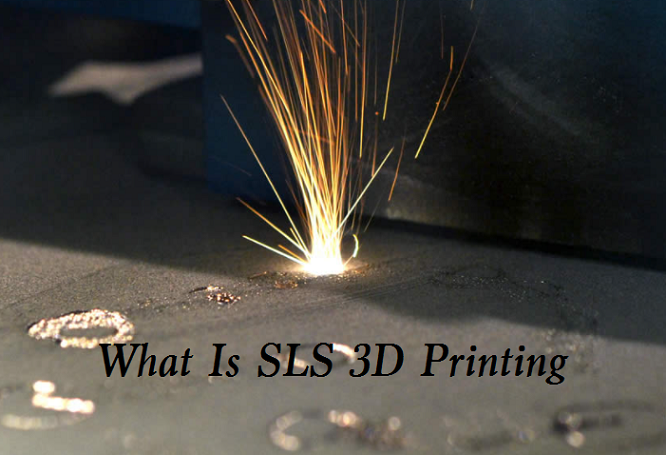 What Is SLS 3D Printing & How Does It Work | Difference Between SLS and SLM
What Is SLS 3D Printing & How Does It Work | Difference Between SLS and SLM
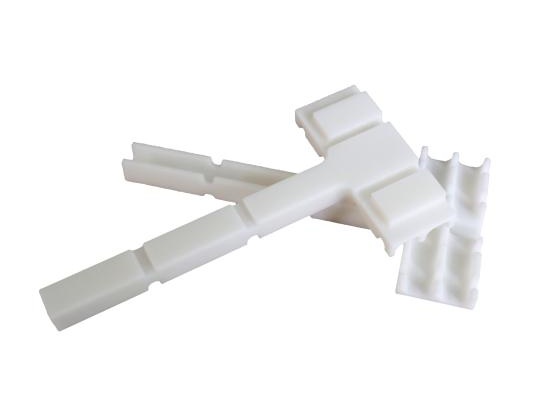 SLS Nylon Vs MJF Nylon For 3D Printing – What’s The Difference Between SLS & MJF Nylon
SLS Nylon Vs MJF Nylon For 3D Printing – What’s The Difference Between SLS & MJF Nylon
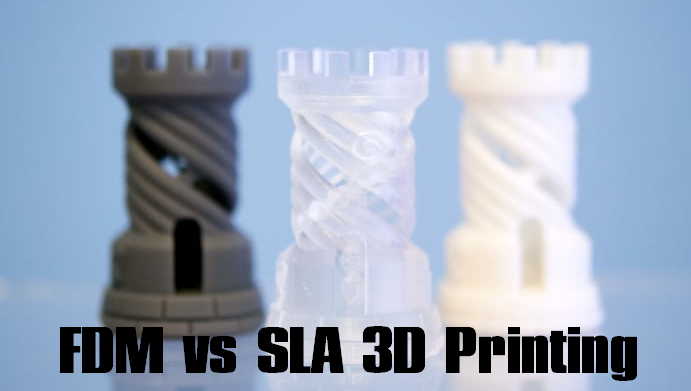 Filament vs Resin 3D Printer – Difference Between FDM and SLA 3D Printing | CNCLATHING
Filament vs Resin 3D Printer – Difference Between FDM and SLA 3D Printing | CNCLATHING
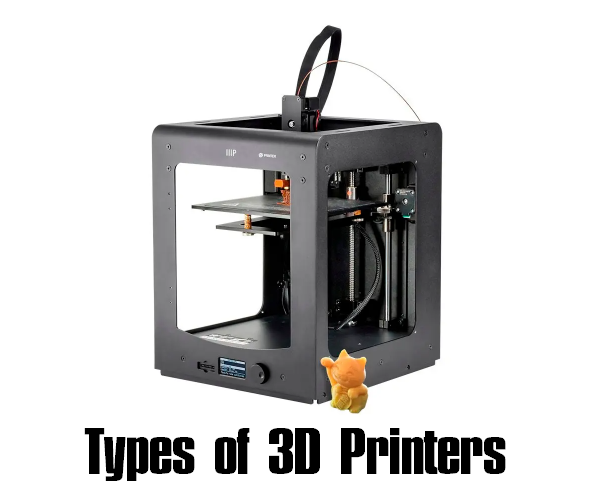 Different Types of 3D Printers – 3D Printing Technology and Machine Types | CNCLATHING
Different Types of 3D Printers – 3D Printing Technology and Machine Types | CNCLATHING
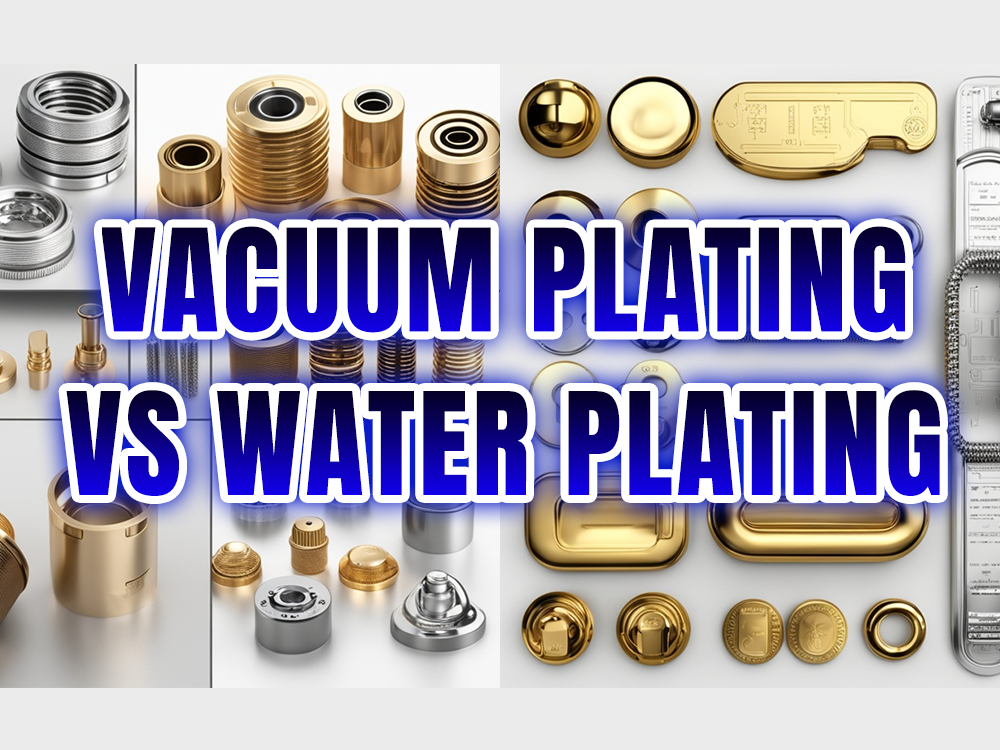 Vacuum Coating vs Water Coating: Different Between Vacuum Metalizing and Electroless Plating
Vacuum Coating vs Water Coating: Different Between Vacuum Metalizing and Electroless Plating
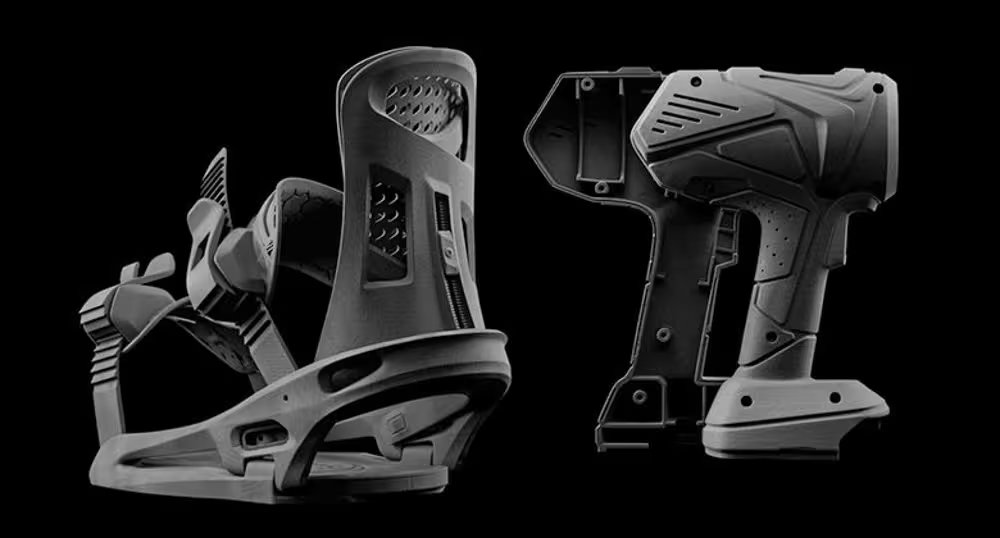 What is Multi Jet Fusion & How It Work – HP MJF 3D Printing Principle, Benefits, Price, Applications
What is Multi Jet Fusion & How It Work – HP MJF 3D Printing Principle, Benefits, Price, Applications
